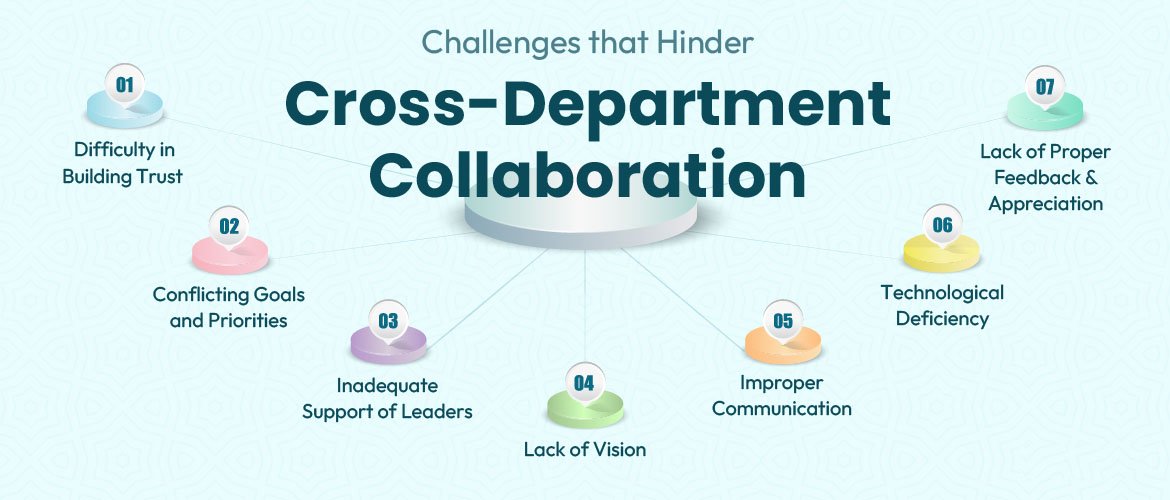Power Transmission Monitoring Enhancement by Smart Grid-Present of Future
India is the third largest consumer and producer of electrical power worldwide, behind China and the USA. India has an installed capacity of 374 GW as of 30 November 2020, and peak demand is 172 GW.
The conventional power grid has many issues like one-way communication, centralized generation, high cost of a power outage, power quality interruption, inefficient at managing peak load, etc., Due to one-way communication, there is no communication between load and utility, and as we know, the speed of electricity is approximately equal to the speed of light, so we can’t store the electricity we have to use as it is generated. If electricity demand becomes higher than generation, a blackout occurs, and if generation is more than demand, then failure occurs due to centralized generation, and transmission losses increase, which ultimately increases the price of electricity.
Smart Grid has come up with all the solutions. Basically, the smart grid is an electric grid that uses information and communication technology together and acts on information about the behavior of suppliers and consumers in an automated manner. A smart grid delivers electricity from suppliers to consumers using digital technology to save energy, reduce cost, and increase reliability. The fundamental concept of any smart grid is to provide system monitoring, fault analysis, operation control, and communication capabilities to the national delivery system. This, in turn, can maximize the output of equipment, help utilities lower costs, improve reliability, decrease interruptions, and reduce energy consumption.
The smart grid delivers electricity from producers to consumers using two-way digital technology. It also allows control of appliances in the consumer’s utility and of machines in factories to save energy. The smart grid also supports distribution generation that will be near to load, which decreases losses, and in the future, due to more distribution generation, there will be less demand for centralized generation, so demand fulfillment will be easy.
Through the use of smart grid technology, energy can be used in a more efficient way and would not be wasted. This technology also helps to save the earth from global warming. It refers to the modernized version of the earlier traditional methods of energy supply. As new technologies are invented and existing ones to the desired specifications met in the near future, Smart Grids will be a reality and change the whole pattern of energy all over the world.
Submitted By
Mr. Ankit Tandon
Assistant Professor
EE Department















